What Causes You Emails to Bounce & 7 Tips For Reducing Email Bounce Rate

Marketing is tough and ever-evolving. Among the latest marketing spin-offs in the internet era is email marketing. And email marketing is tough and ever-evolving, too. Convincing customers to buy via email is an art form. But it is also a science.
It involves reaching customers directly in the inbox at the right time with the right offer. If you don’t do email marketing right, customers won’t buy from you. They may even choose to buy from your competitor.
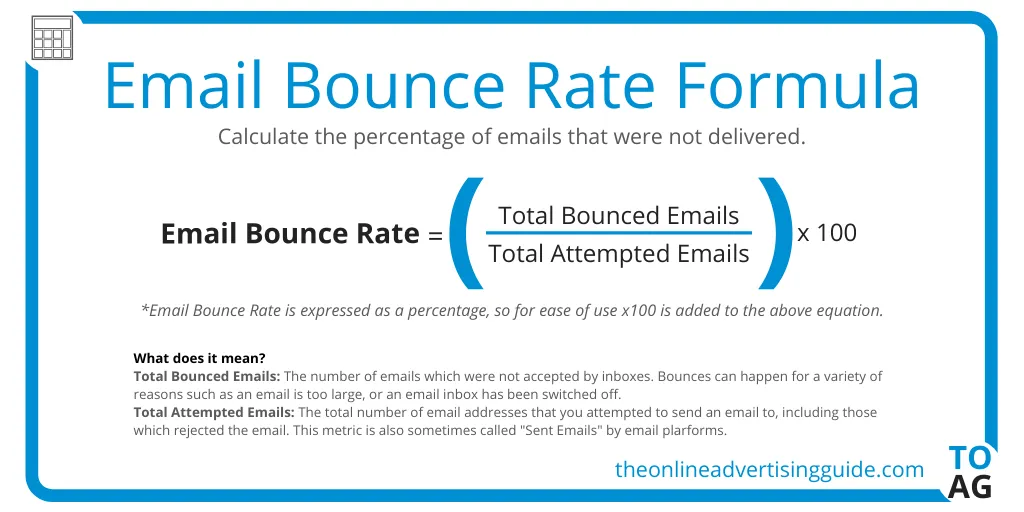
But even if you do everything right in your campaign, there is a hidden enemy. It is called email bounce rate. Constant Contact maintains that the average email bounce rate across industries is 10.29%.
So, if you send out 10,000 emails in your marketing campaign, over 1,000 are likely never to reach customers. That’s potentially 1,000’s of dollars leaking into the drain. Naturally, that leads to the conclusion that we need to fix the email bounce rate.
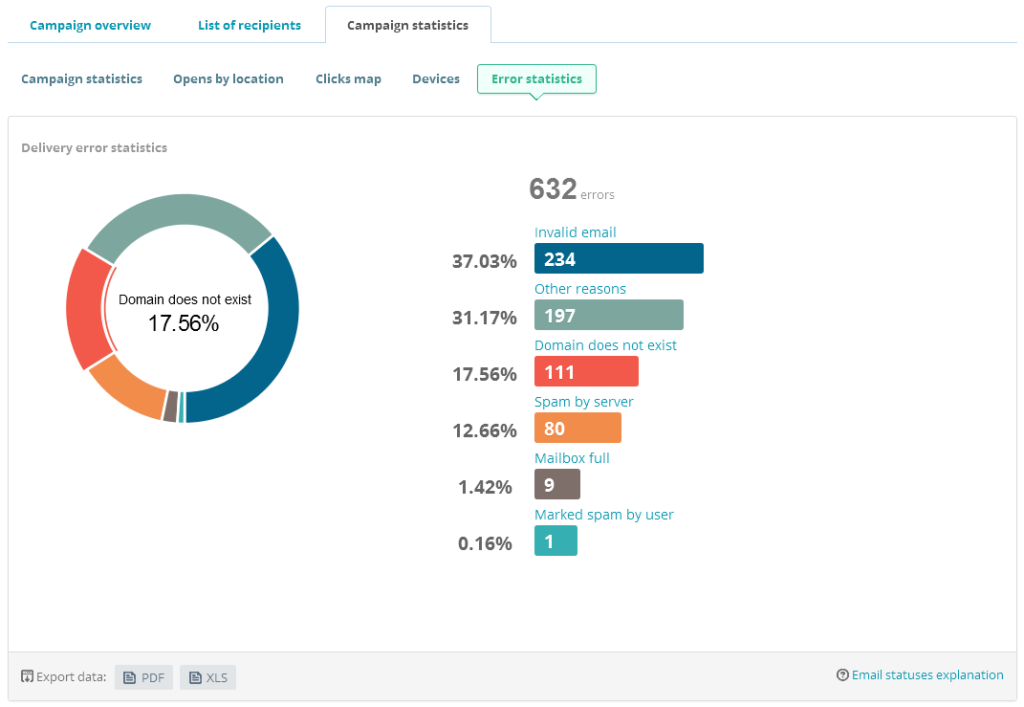
What Is Email Marketing Bounce Rate
To fix the bounce rate problem and its impact on sender reputation, we first need to understand what it is. Simply put, when your email doesn’t deliver to the recipient, you receive an error message in your email. Technically, this is an email bounce.
Email passes through software known as Mail Transfer Agents (MTAs) on their journey to the client’s inbox. For some reason, the mail is not delivered. The MTAs “bounce” the email back to the sender and an error message when this happens.
There are two types of bounced emails. One is a hard bounce, and the other a soft bounce.
- Permanent delivery issues cause hard bounces. These indicate a problem with the email delivery process. Identifying hard bounces and stopping delivery to such email addresses is essential. This conserves resources.
- Soft bounces are due to temporary and less severe issues. They are usually resolvable.
Your send behavior leads to a rating assigned to your domain and IP address. This rating determines your sender’s reputation.
Sendgrid says five elements determine your sender-reputation. They include:
- Low email bounce rates
- No blacklisting of your emails
- Consistent volume
- Properly formatted emails
- Maneuvering past spam traps
Of these elements, we will focus on lowering the email bounce rate. There are several reasons behind the email marketing bounce rate.
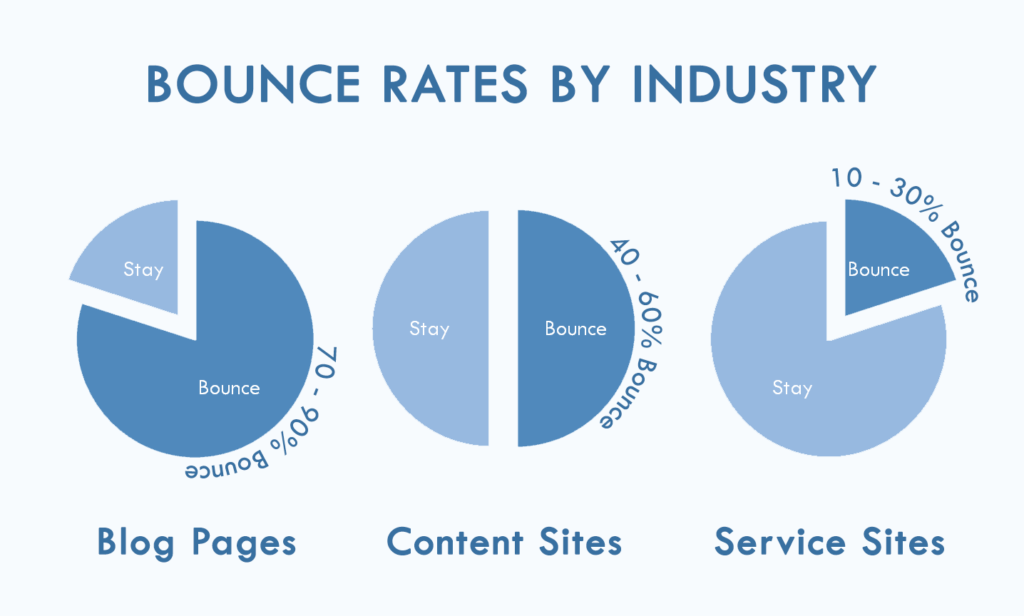
Reasons Behind Email Marketing Bounce Rate
To prevent a problem, we need to know its cause. Let’s go through a list of possible reasons behind email bounce in the effort to lower the email bounce rate.
- A full mailbox
Imagine a bucket brim-full of water. Add an ounce of water, and the bucket spills. This is an excellent analogy for a full mailbox. If the mailbox doesn’t have spare space to receive and store an email message, it results in an email bounce. Get in touch with the recipient and determine whether the email ID is in use.
- Invalid/non-existent email ID
This is a case of hard bounce. If you email a non-existent ID, it is going to bounce back. The reason for this could be a typo in the email ID. This may be because the person who received the message left the organization, and their ID has been revoked. Sometimes people also give out fake email addresses.
Recheck for typos or find another way of contact. Don’t send emails repeatedly to a non-existent ID. It is not good practice.
- Undeliverable emails
This is a soft bounce. It might mean that the receiving server is overloaded or currently unavailable. Servers could be under maintenance or may have crashed.
This issue sometimes resolves itself. Sometimes the receiving server can’t be found because it is shut down. This is a case of hard bounce.
Send the email after a while. It might reach the recipient. If the message does not send after several tries, stop the effort, or your sender-reputation will take a hit.
- Blocked email
Sometimes, government entities, schools, etc., have strict rules for incoming and outgoing emails. You might receive a message saying your email ID has been blocked. Get in touch with them to get your email ID whitelisted.
- Sender on vacation/auto-reply on
Sometimes, the recipient is on vacation, and an email is met with an auto-reply. The auto-reply lets you know the recipient can’t access emails currently. This type of email bounce is neither a hard nor a soft bounce. The reason is your email has successfully reached their inbox. However, if your email continues to bounce for a prolonged period, you may consider removing the email ID from your list.
- Miscellaneous
Sometimes bounces happen without reason. These may be due to any one of several technically complex reasons. When you get these bounces for several instances, you need to take appropriate action.
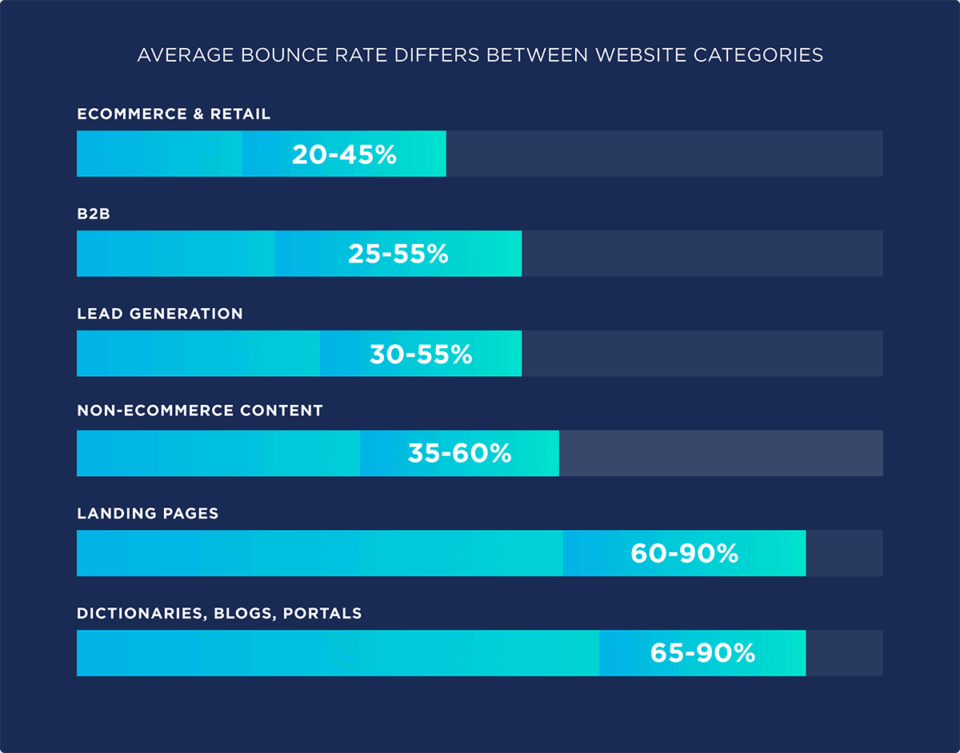
What Is The Acceptable Rate Of Email Bounce?
Email bounces are inevitable in large campaigns. But there is a defined acceptable email bounce rate. Ensuring your email delivery meets this statistic is essential in any campaign.
Ideally, keep the email bounce rate below 3%. If your bounce rate exceeds 5%, it will harm your sender’s reputation. This negatively impacts your ability to use email for marketing. Soon you may find yourself with a low sender score. If your sender score is very low, your emails may reach your recipient’s spam folder. Sometimes emails may not be sent at all.
This is why you need to keep your email bounce rate low – to optimize your email marketing.
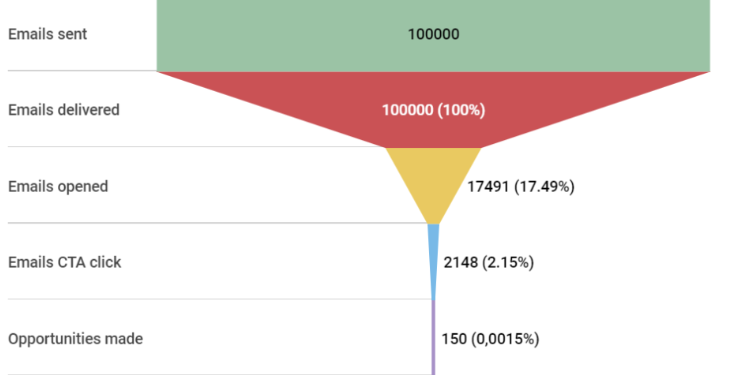
7 Tips To Reduce Email Bounce Rate with Email Bounce Strategy
Tip #1 – Email list hygiene
An orderly email list is comparable to an orderly life. An apartment needs regular tidying to remain neat and clean. Likewise, you need to clean up your email list regularly.
If you don’t clean your email list regularly, you will start to see higher email bounce rates. Every month, you need to dedicate time to this effort. Ensure that your email list contains engaged, active, healthy accounts.
Re-engagement campaigns are another way to accomplish this.
Tip #2 – Double opt-ins
Double opt-in is a technique in which the subscriber needs to verify their email after signing up. This means you ensure that the signup email is verified and active. A verification email could be just a simple message with a link.
Tip #3 – Avoid sending emails from free sender domains
Free sender domains are a big no-no for e-commerce businesses. A customized email from a professional domain is a must for email marketers.
Using free email services like Gmail.com increases the chances of your messages being classified as spam. As a result, your reputation is damaged, and your bounce rate increases.
Tip #4 – Test signup incentives
People usually signup for an email newsletter due to a signup incentive. The incentive could be a free ebook, a raffle, or a gift coupon. Either way, you need to offer a good signup incentive.
A good choice is to A/B test signup incentives. Which incentive do subscribers react to better? Then implement the most effective signup incentive.
Your incentive needs to be attractive. You should attract subscribers and ensure that your email marketing bounce rate is low.
Tip #5 – Segment your list
A surefire way to reduce email marketing bounce rate is to segment your list. Segmentation ensures that subscribers receive content tailored for them. You can segment based on demographics – age, sex, and location. Interests, activities, and opinions can also be used to create psychological segments.
Personalization is enhanced by segmentation. As a result, bounce rates are lower. Your emails are less likely to be considered spam.
Tip #6 – Create emails that pass spam filters
When an email service designates your emails as spam, such emails lose effectiveness and purpose. One effect of this is a higher bounce rate.
If your IP address is suspected of continuous spamming, it may be blocked. As a result, your emails may fail spam filters and bounce back. If you keep the following in mind, you can easily bypass spam filters:
1. Use the following best practices for HTML:
- Use standardized fonts
- Make email mobile-optimized
- Make HTML code clean and straightforward
- Don’t exceed 800 pixels in width
- Keep a low image-text ratio
- Optimize alt-tags for images
2. Don’t use words that trigger spam filters
Spam emails often use certain words like – “amazing,” “guarantee,” “risk-free.” Stay away from such words and use novel but natural subject lines.
3. Make subject lines accurate, not deceptive
Don’t write misleading subject lines that coax readers to open the email. This is against the CAN-SPAM act. Make your subject lines compelling, by all means, but don’t mislead.
Tip#7 – Be consistent with your email marketing
Being consistent with your email marketing pays rich dividends. It reduces the email bounce rate and has several other benefits.
It is sent simultaneously to your subscribers’ inboxes, daily, weekly, or monthly, increasing engagement. You can adjust your efforts accordingly when you know who is engaged with your efforts and who isn’t. Sending emails sporadically makes it hard to find out who is engaging with you—a higher engagement rate results in a low bounce rate.
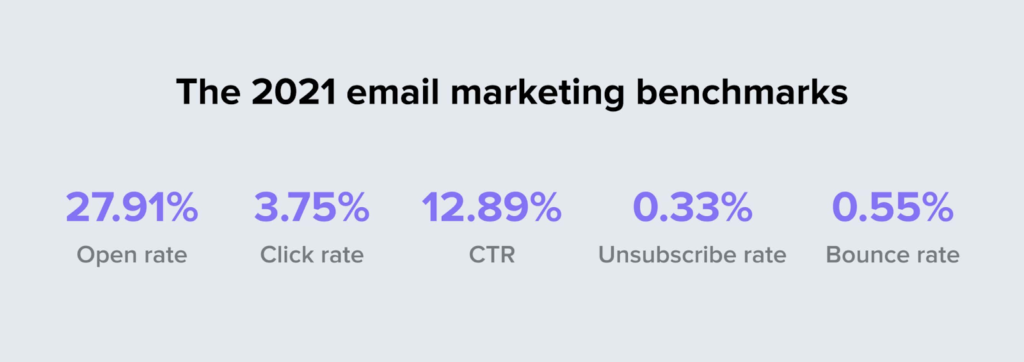
Reducing the email bounce rate is extremely technical. It is extremely personal as well – you need to understand your customers.
Follow the technical aspects to a T. Don’t use free sender domains. Keep your list clean. Follow best practices to lower the email bounce rate and pass spam filters.
Segment your customers. Test various aspects of your campaign using A/B testing. Follow the proper technical protocols to make your email bounce rate dive and increase conversions.
Use the right email marketing software to steer clear of most pitfalls of email marketing.
Go for good email writing services and catchy subject lines to ensure that your emails are opened by customers.
Key Takeaways
- Maintaining a high sender reputation should be crucial for your internet marketing efforts.
- Set aside time every month to clean your list.
- Follow email marketing strategy best practices to combat email bounce rate
- Understand the underlying reasons for email bounces and deal with them.
- Don’t send emails to incorrect addresses.
- Obtain email addresses organically.
- Maintaining email content quality is crucial to every aspect of your marketing efforts, including maintaining a low email bounce rate.
- Optimizing your email marketing and achieving a low email bounce rate is a continuous process. You will have to continuously tweak elements of your campaign to achieve a low rate of email bounce.
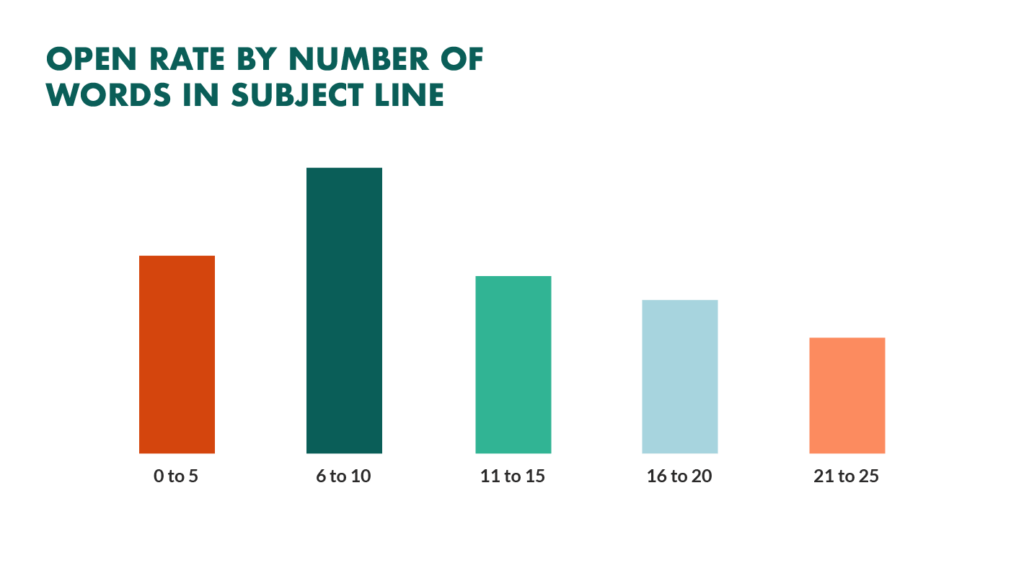
FAQs
A bounced email does not reach the recipient, but it also lowers the marketer’s sender reputation. This can have a snowball effect, leading to the marketer getting blacklisted by email services.
A high sender reputation means a high email delivery rate and a low bounce rate
When the recipient accepts the email message and then rejects the email delivery, it is called asynchronous email failure. Failure to deliver email that occurs in real-time between the sender and recipient mail server is called synchronous email failure.
Email bounce rates can be improved by following best practices of sending quality content, maintaining a clean list, regular sending of email, double opt-in, and the other tactics mentioned in this article.
Not every bounced email is rejected, but every rejected email is called a bounced email. Rejected emails are either spam or unsubscribed.
Latest Blogs
Explore how Google’s 2025 AI search updates triggered ranking chaos. Learn actionable strategies to adapt your SEO for AI Overviews, zero-click searches, and SERP volatility. Stay ahead now.
Learn how to rank on AI search engines like ChatGPT, Perplexity, and Gemini by optimizing your content for authority, structure, and relevance. Stay ahead in AI-driven search with this strategic guide.
Explore the best healthcare SEO services for your medical practice. Improve online visibility and effectively reach more patients in need of your services.
Get your hands on the latest news!
Similar Posts

Email Marketing
6 mins read
11 Tips to Design Impactful Email Banners
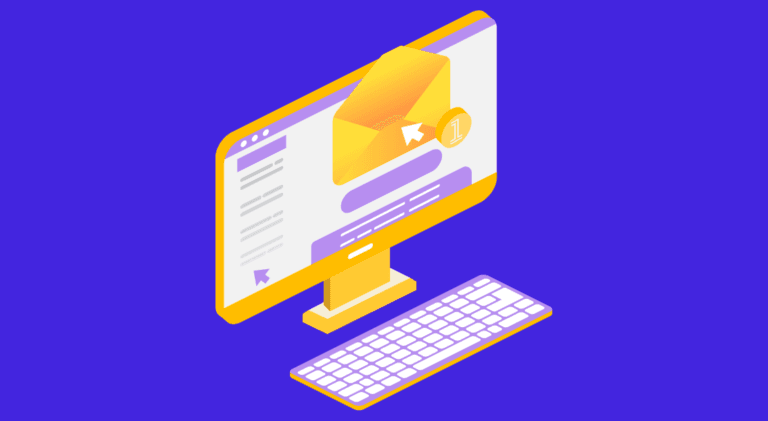
Design
9 mins read
7 Benefits of a Simple Mailer Design
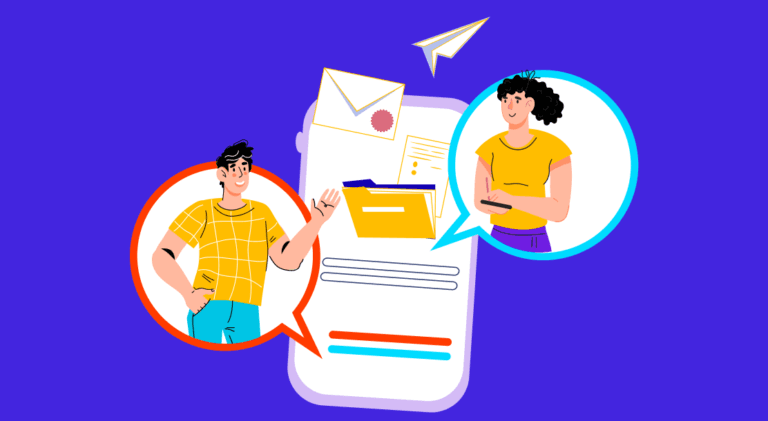
Email Marketing
7 mins read